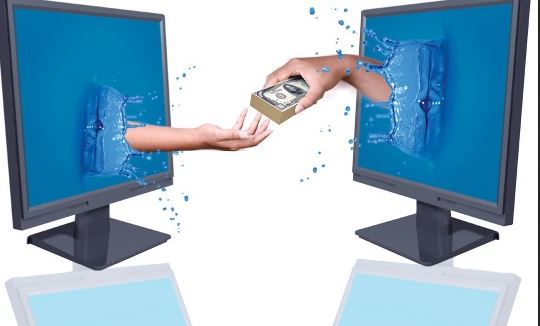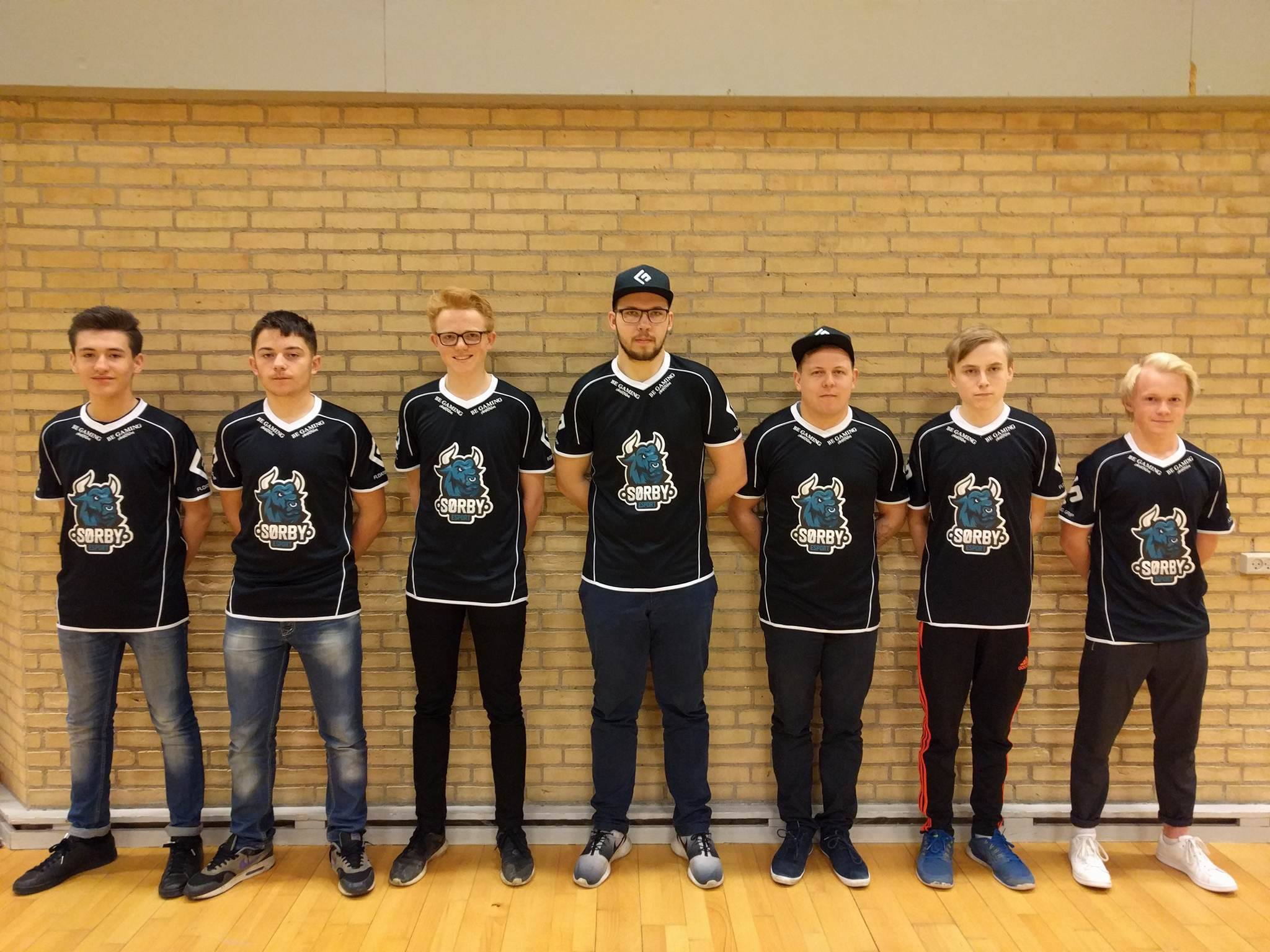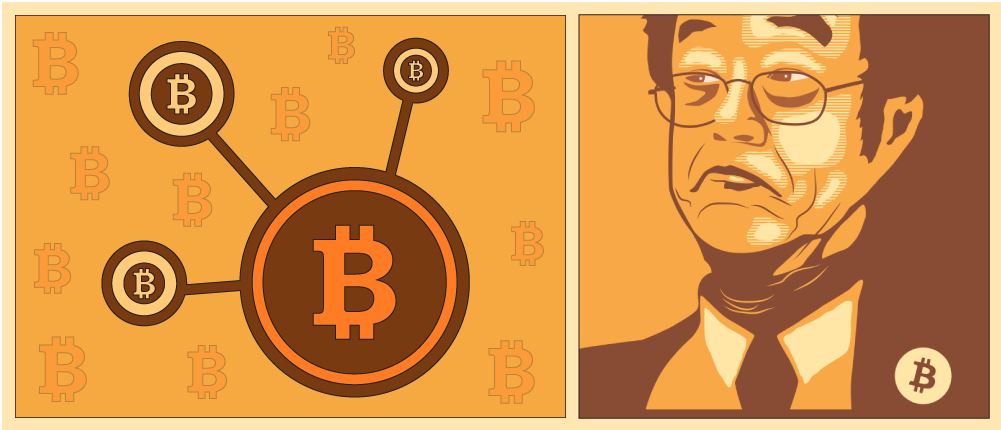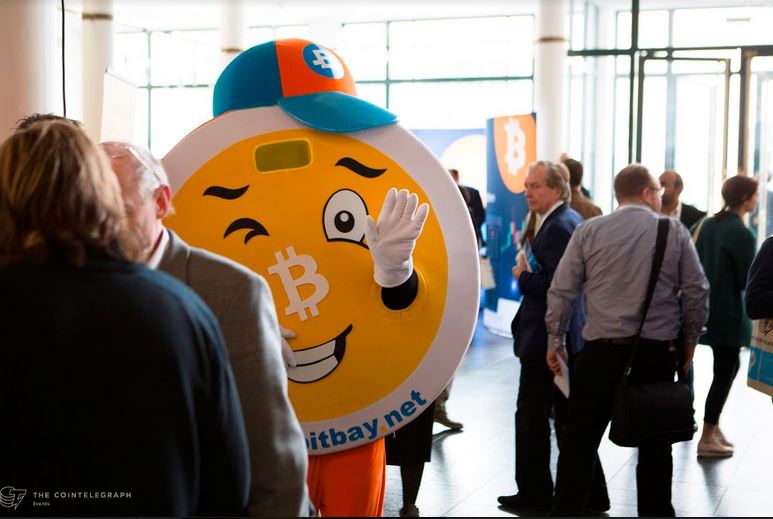Richard Kastelein on Blockchain 101

At Infoshare 2016, Richard Kastelein, of Blockchain News shared a beginners guide to blockchain, and why this technology will change the way we do business – and how the principles of blockchain are actually older than you think.
Over the next 10 years, blockchain technology will change the way we do business. Although it is not a magic bullet, it is ” a collection of genuinely novel ideas” that can change industries as diverse as music to insurance.
At it’s simplest, the blockchain is simply a ledger – one of the oldest concepts in human civilization. Sumarians began to record the standardizing and redistributing of value in their societies over 5000 years ago. These centralized ledgers, controlled by priests, played a huge role in shaping the journey humanity has made from hunter-gatherers to farming communities.
What makes blockchain revolutionary is that it is decentralized – transactions are approved via consensus. But, as Richard points out, this idea is not entirely new either.
The Rai stone money of Yap
“The Pacific Yap Islands regarded stones quarried and shaped on a distant land and brought to their own as a concrete manifestation of wealth,” says Richard. “They had to sail to other islands to get it, but they were so big they were rarely moved. So people would switch ownership of the stones, but they would rarely actually move them. ”
The islanders would reach a consensus among themselves of who owned the stones, although the stones were never moved.
Some stones had even disappeared into the ocean, and were no longer visible, but were still used as part of the currency. “These stone coins existed in a decentralized, community-enforced ledger. Ownership was a matter of public declaration, that was verified by spreading the word to others. A deal made in secret was impossible, since transparency was part of the protocol.”
From stones to cryptocurrency
In 2009 Staoshi Nakomoto (pseudonomous) came up with a paper describing bitcoin, which was the first paper ever written about decentralized cryptocurrency. He released the open source software to a few in the cryptocurrency world and disappeared in 2010. The first decentralized currency was made on the blockchain.
In 2013 a young Russo-Canadian described a project called Ethereum, which extended blockchain use beyond bitcoin to create a platform for smart contracts. Smart contracts both allow transactions to occur and allow rules within the transaction. For example, one can write an insurance contract that contains rules to be enforced.
No longer just about finance
Ethereum has shown the possibilities of blockchain to extend far beyond currency to almost every industry you can think of. Supply chain and trade agreements, intellectual property rights, insurance, voting and governance systems, real estate, and escrow, are only a few of the many examples that can use this technology.
However, as Richard points out, any excitement about blockchain will be quickly followed by the “harsh realization of how tough the really big changes will be to make. This stuff is really complicated, and not yet proven.” Furthermore, there is a shortage of blockchain experts wordwide – “probably less than 100” – that makes it difficult for any industry to recruit the talent needed to build the next generation of this technology.










